The quality of a connection cable plays a pivotal role in shaping the overall performance and signal integrity of audio and video systems. In the world of modern technology, where high-definition audio and crystal-clear video are the norms, the significance of a reliable and robust connection cannot be understated. This article delves into the intricate relationship between connection cable quality and the performance of audio and video systems, exploring how cable construction, shielding, and materials can profoundly impact signal transmission, data integrity, and the user's multimedia experience.
Signal Degradation and Transmission Loss:
One of the primary ways in which connection cable quality affects audio and video systems is through signal degradation and transmission loss. As signals travel through cables, they encounter resistance, capacitance, and inductance, which can lead to attenuation, phase shifts, and other distortions. Higher-quality cables are designed to minimize these effects, ensuring that the transmitted signals remain faithful to the original source.
Cable construction and materials significantly influence these phenomena. For instance, in analog audio and video systems, impedance matching is crucial to prevent signal reflections and distortion. High-quality cables are engineered with precise impedance characteristics, reducing the chances of signal degradation during transmission.
Shielding and Interference:
Interference from external electromagnetic fields can introduce noise and artifacts into audio and video signals. To counteract this, connection cables are often equipped with shielding to protect against electromagnetic interference (EMI) and radio frequency interference (RFI). Inferior cables with inadequate shielding may result in noticeable signal distortion, leading to audio hum, video snow, or pixelation.
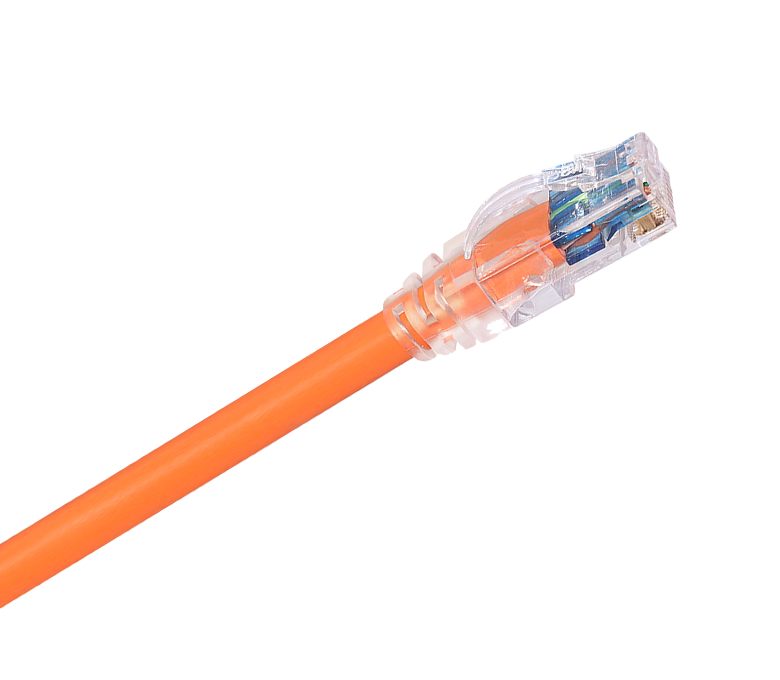
Quality cables incorporate advanced shielding techniques, such as braided shields or foil shields, to effectively block out external interference. This shielding also prevents signal leakage, ensuring that the intended audio and video signals reach their destination without unwanted crosstalk or corruption.
Data Integrity and Bit Error Rate:
In digital audio and video systems, data integrity is paramount. A lower-quality connection cable can introduce errors in the digital stream, leading to dropped frames, audio dropouts, or video artifacts. The impact of cable quality on data integrity is particularly noticeable over longer cable runs.
Impedance consistency, cable uniformity, and proper insulation are essential aspects of high-quality cables that contribute to maintaining data integrity. These factors reduce the likelihood of signal reflections and data corruption, resulting in a lower bit error rate and a smoother multimedia experience.
Bandwidth and High-Resolution Content:
The rise of high-definition (HD) and ultra-high-definition (UHD) content places additional demands on connection cables. To transmit the increased data rates required for these formats, cables must have sufficient bandwidth. Lower-quality cables may struggle to handle the higher data rates, leading to signal degradation and reduced picture quality.
Premium cables are designed to support higher bandwidths, allowing for the seamless transmission of 4K and even 8K video content. The use of high-quality materials, along with precise manufacturing techniques, ensures that the cable's electrical properties remain consistent across the entire bandwidth spectrum.
Connector Integrity and Durability:
The connectors at the ends of a connection cable are equally critical to overall system performance. A loose or poorly constructed connector can introduce signal intermittence or complete loss of connection. Moreover, connectors are susceptible to wear and tear, especially in environments where cables are frequently plugged and unplugged.
High-quality cables often feature durable connectors with proper strain relief, ensuring a secure and reliable connection. Gold-plated connectors are also common in quality cables, as they offer enhanced conductivity and corrosion resistance, promoting long-term signal integrity.
Conclusion:
In conclusion, the quality of a connection cable is a pivotal factor that directly influences the overall performance and signal integrity of audio and video systems. Through considerations such as signal degradation, shielding, data integrity, bandwidth support, and connector quality, connection cables play a fundamental role in delivering a high-quality multimedia experience to users.
Investing in premium, well-constructed cables can make a noticeable difference in audio and video systems, ensuring that signals remain pristine and free from distortions or artifacts. Whether in a home theater setup, professional audio studio, or corporate AV installation, selecting high-quality connection cables is a crucial step towards unlocking the full potential of modern audio and video technologies.
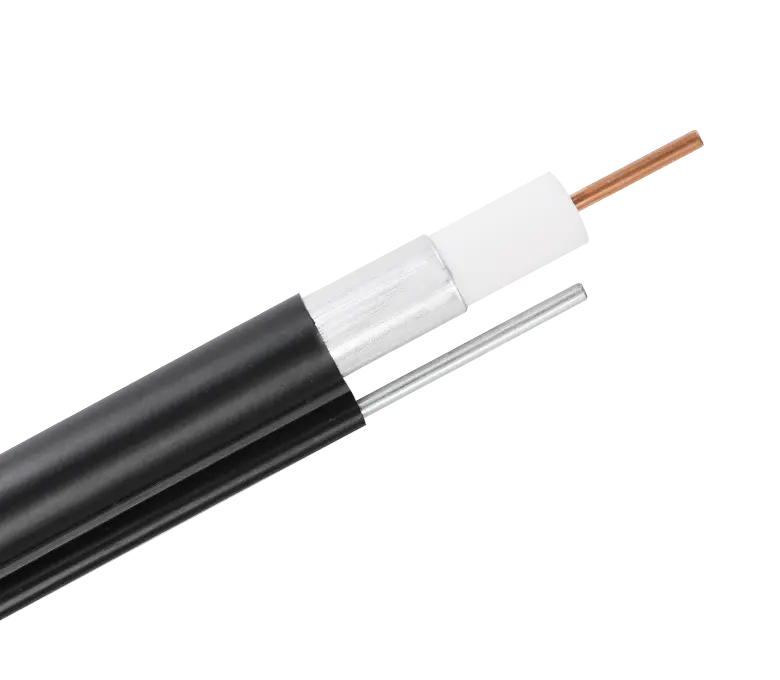
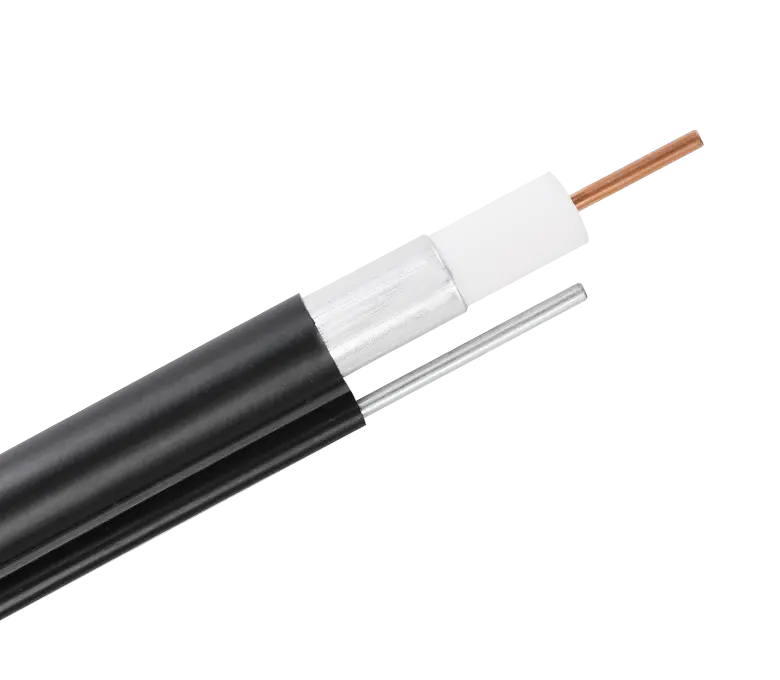
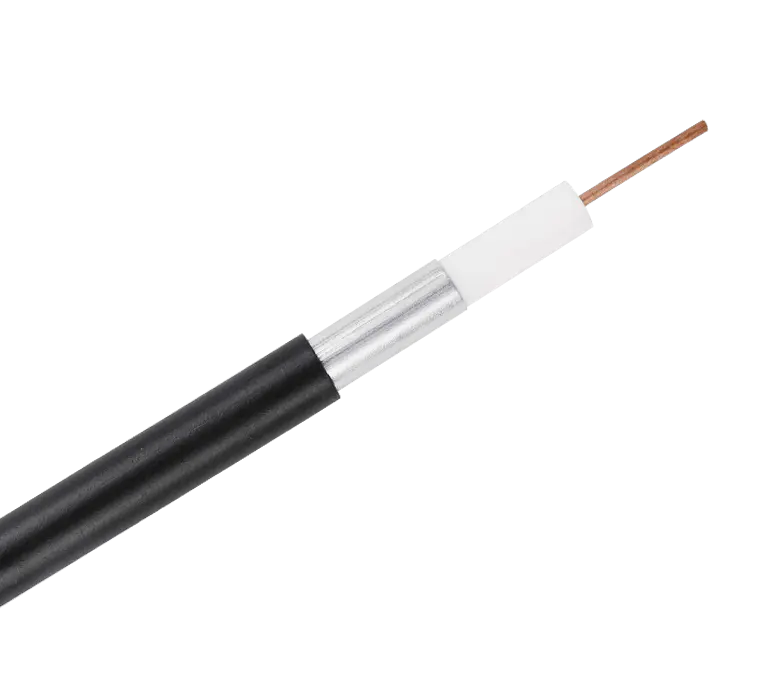
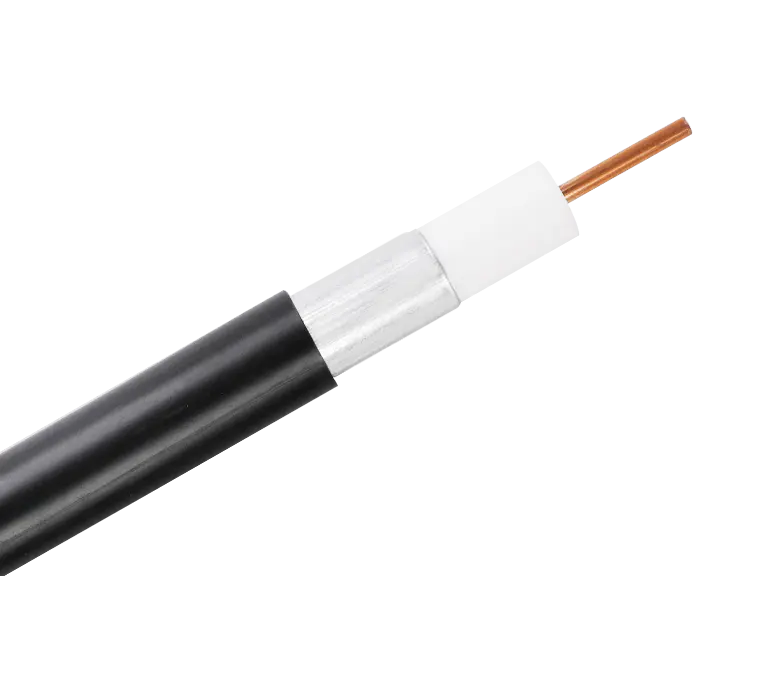
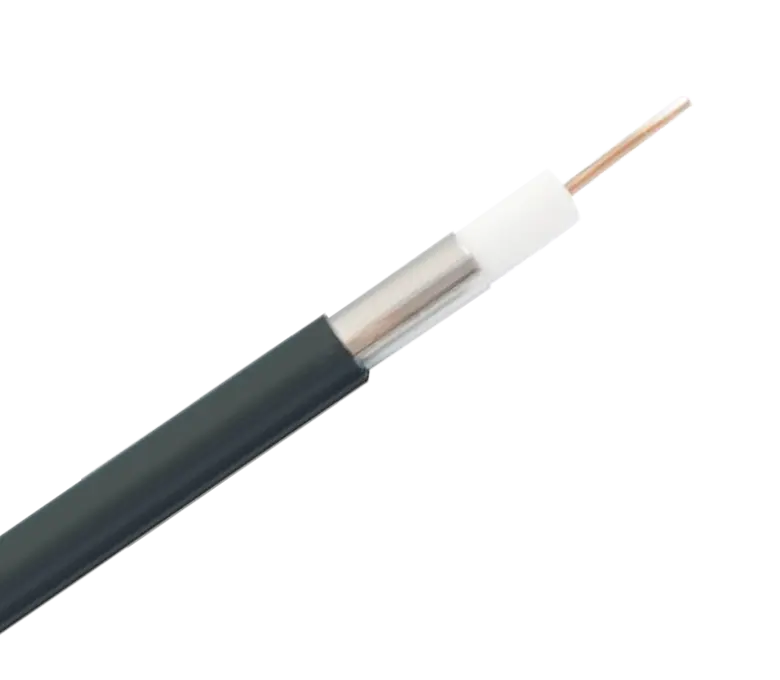
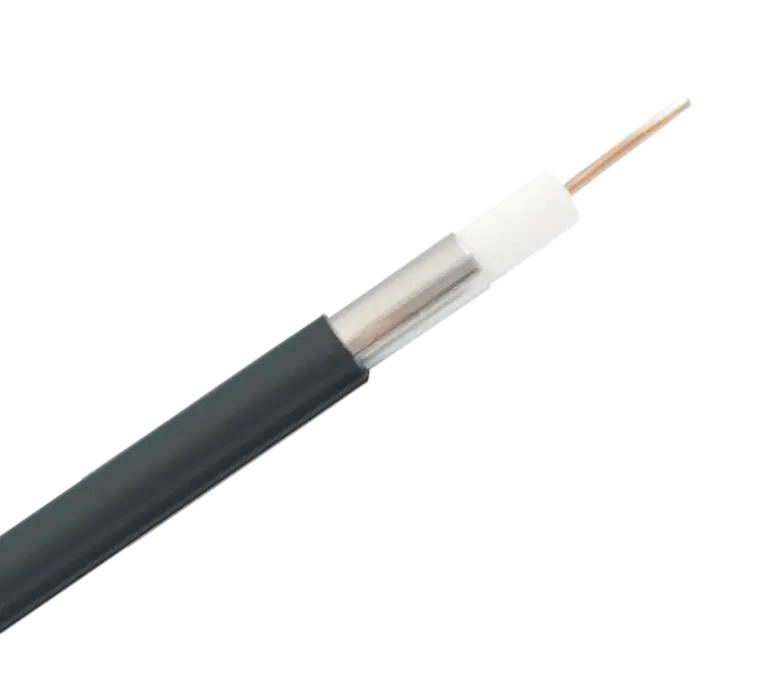
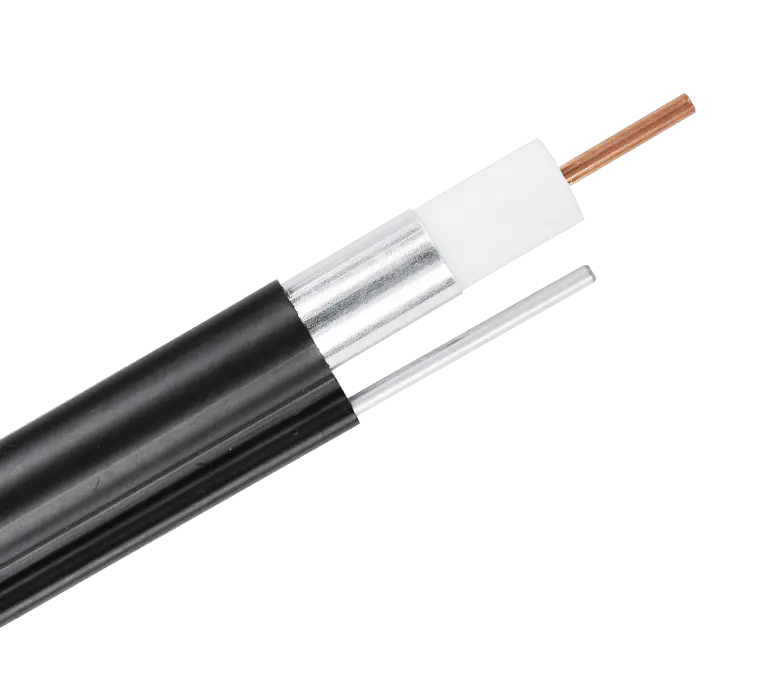
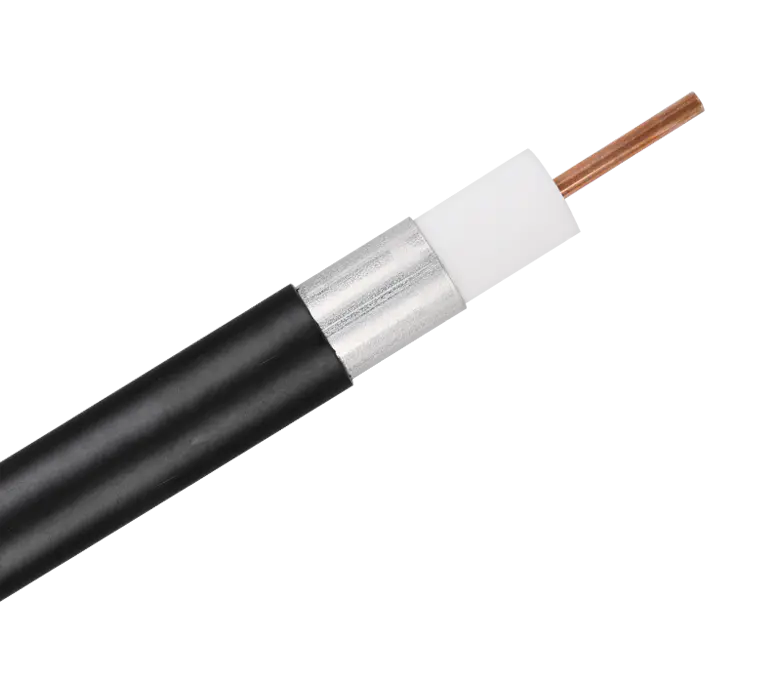
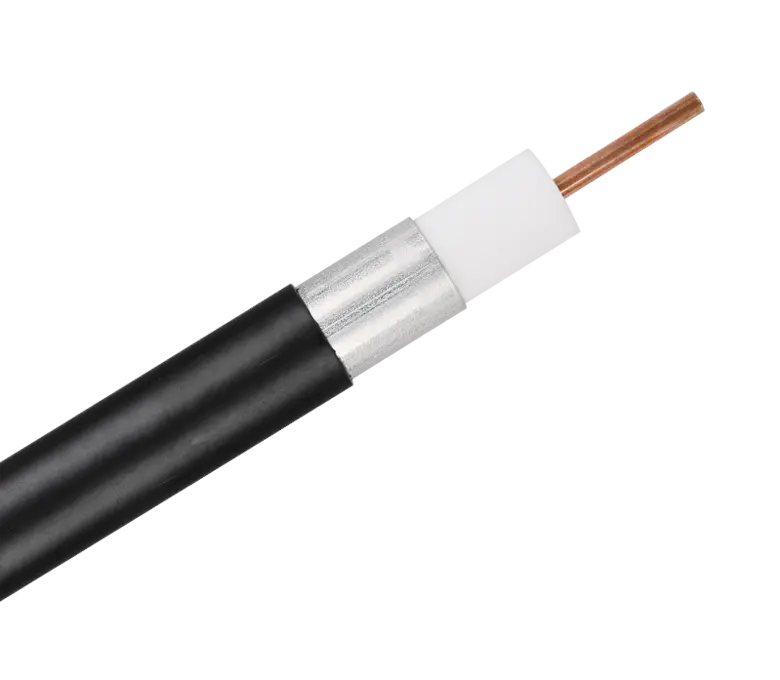
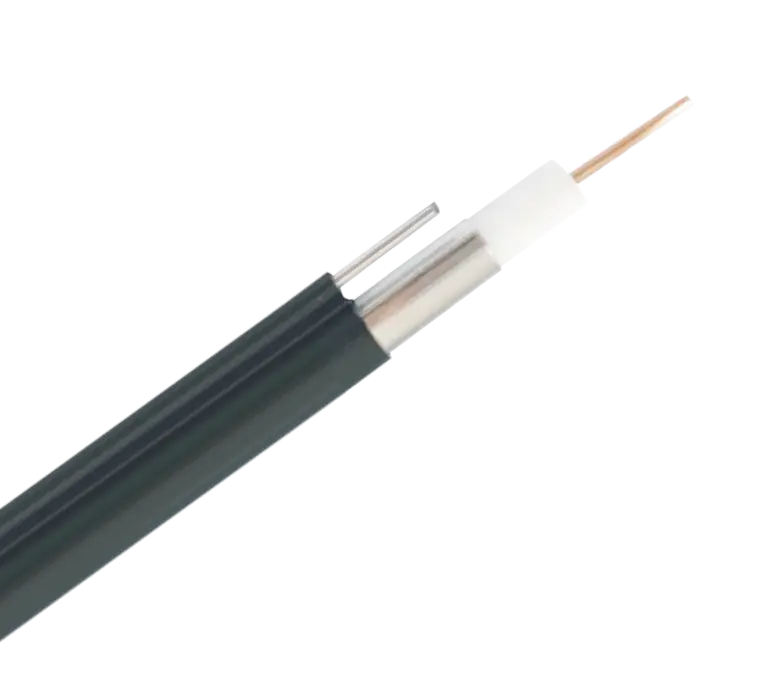
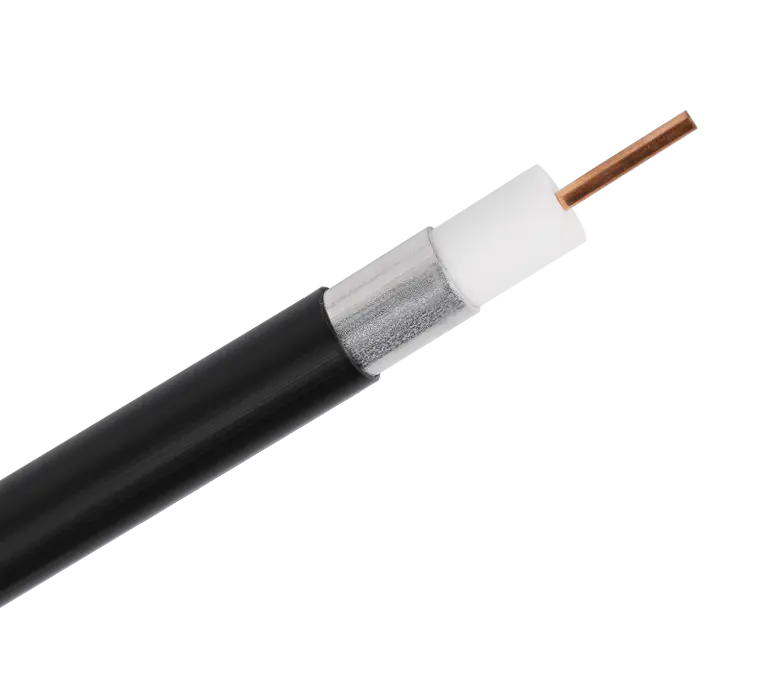
 浙公网安备33018502001191号
浙公网安备33018502001191号